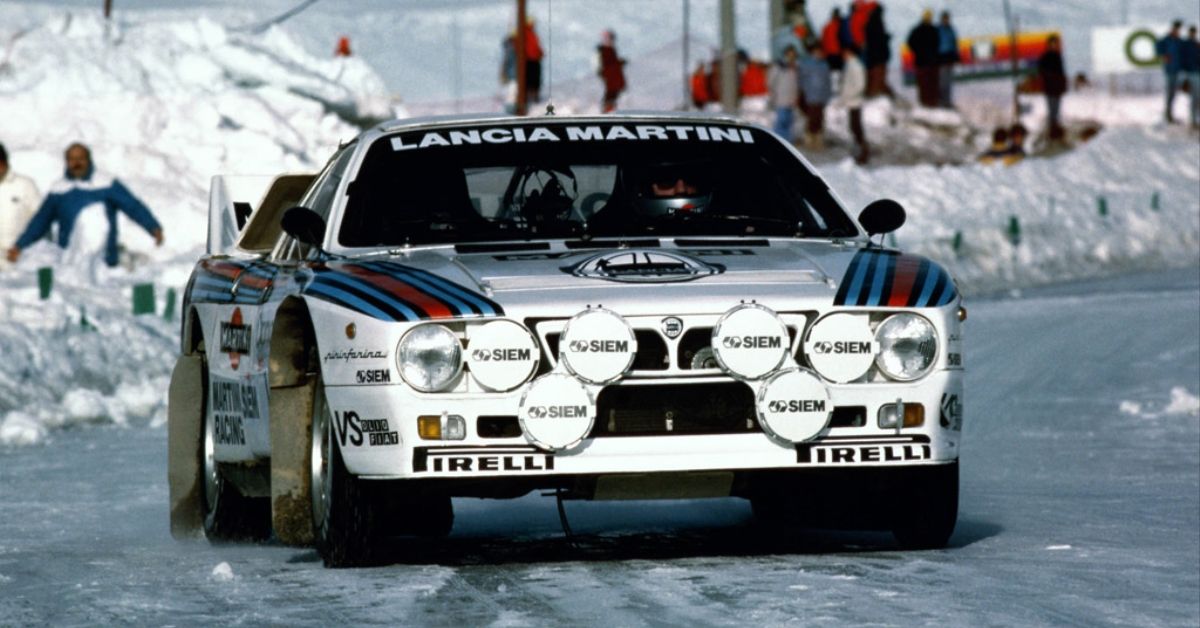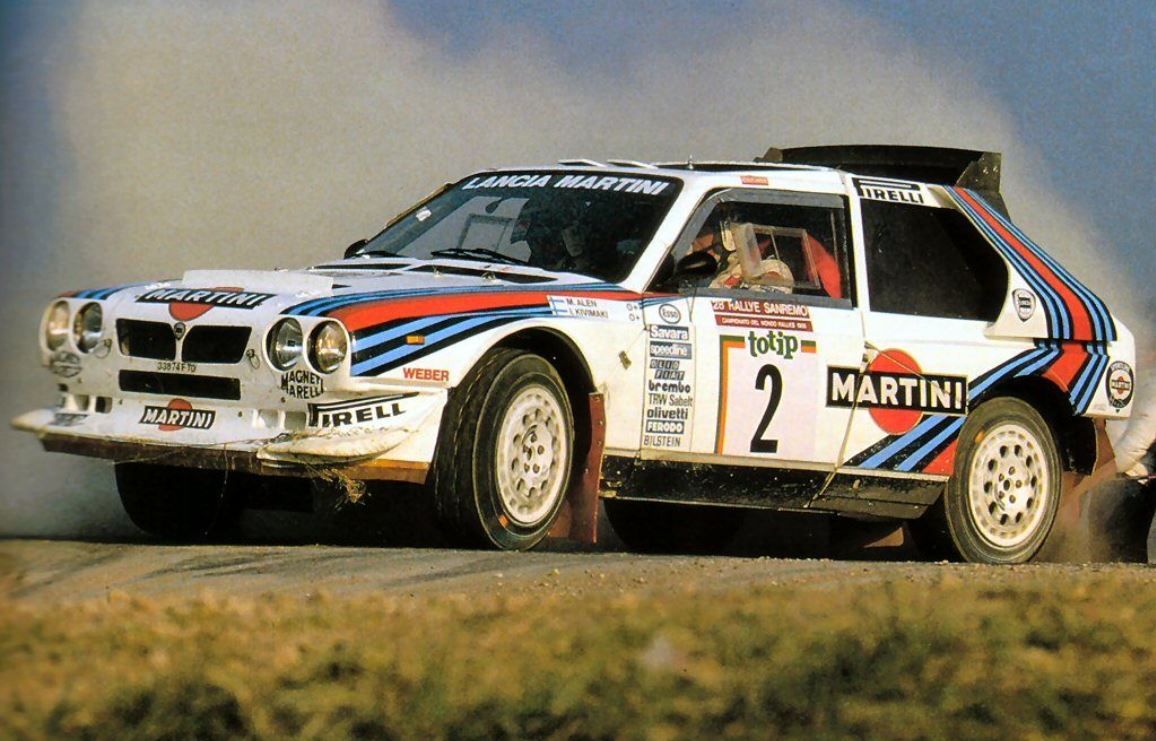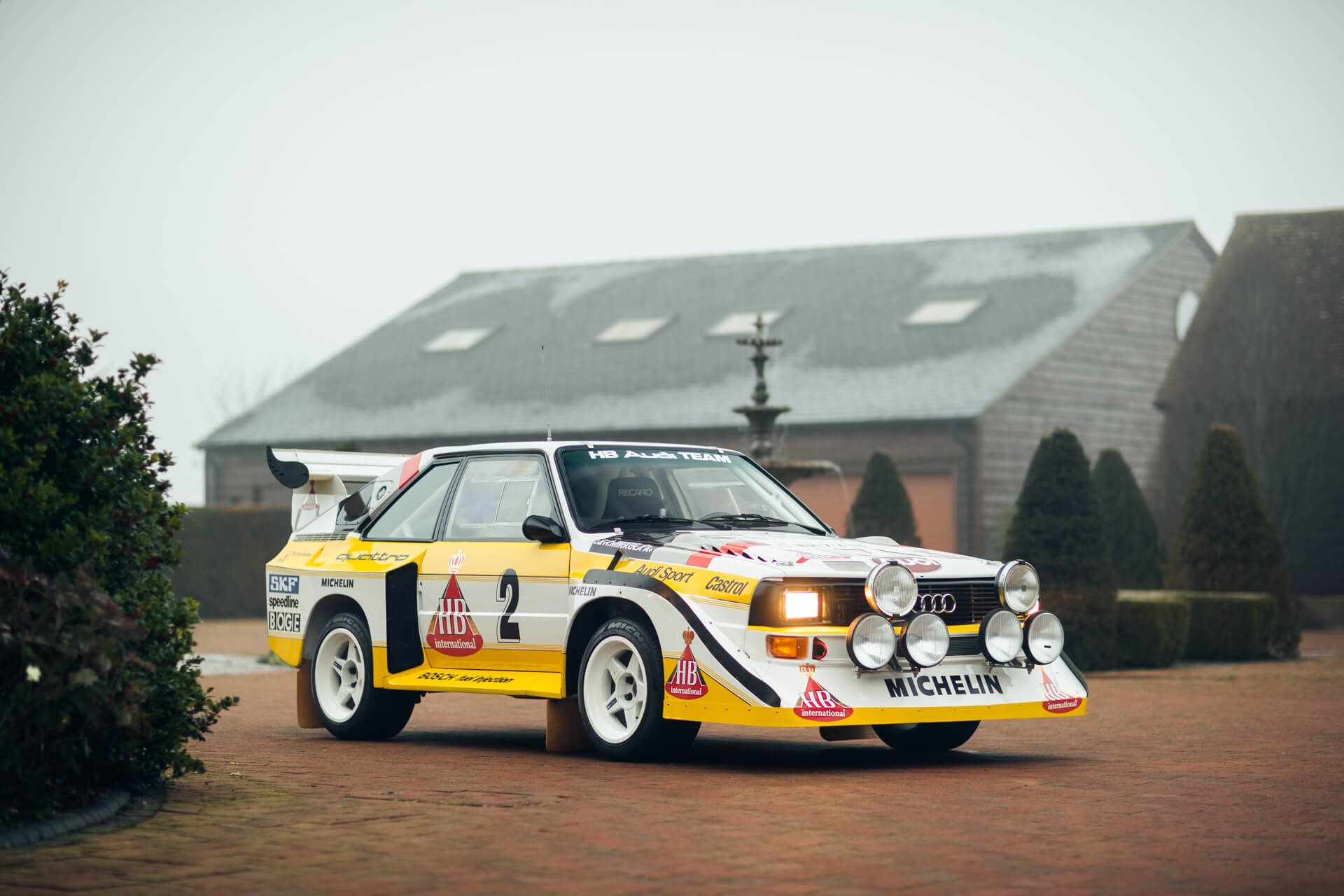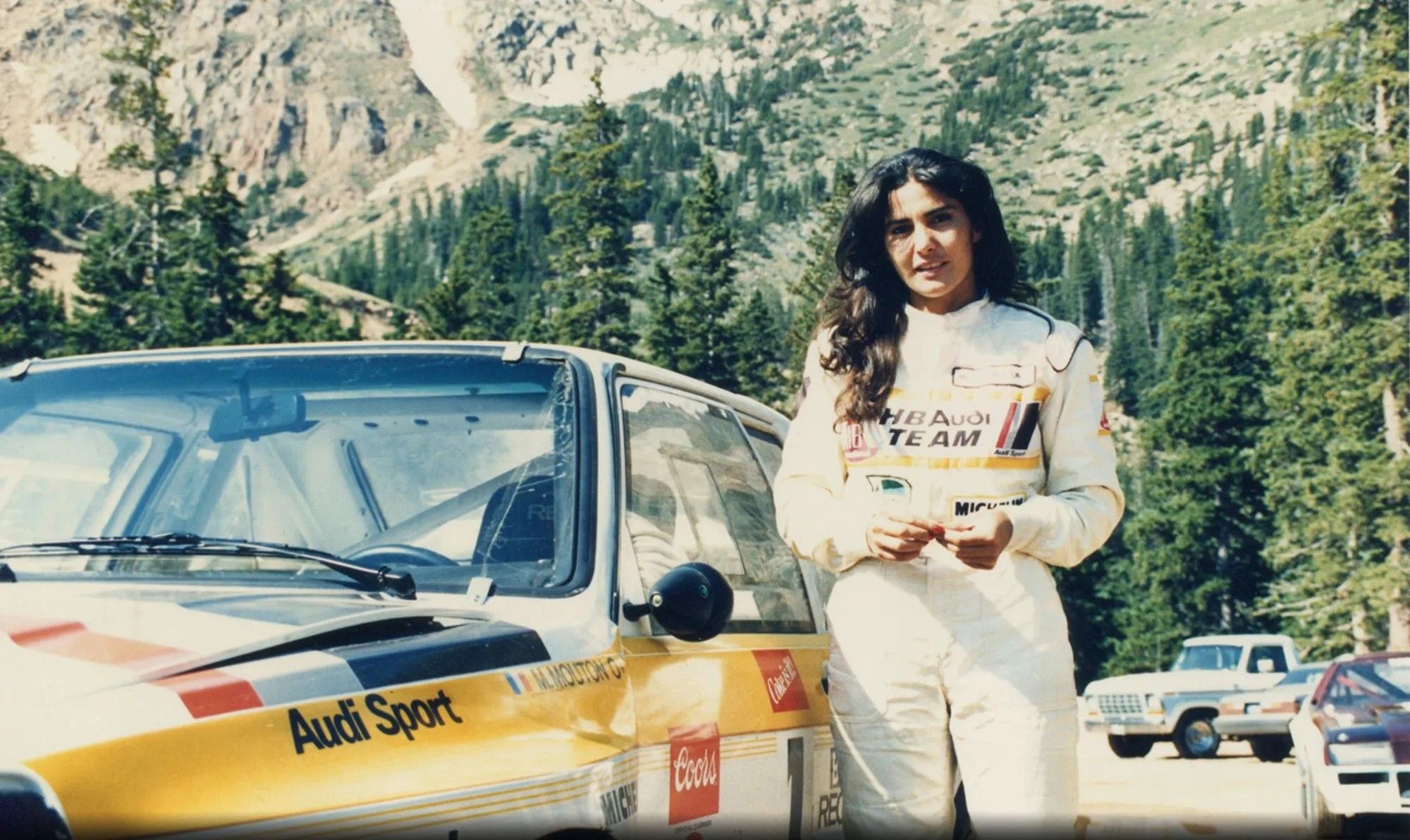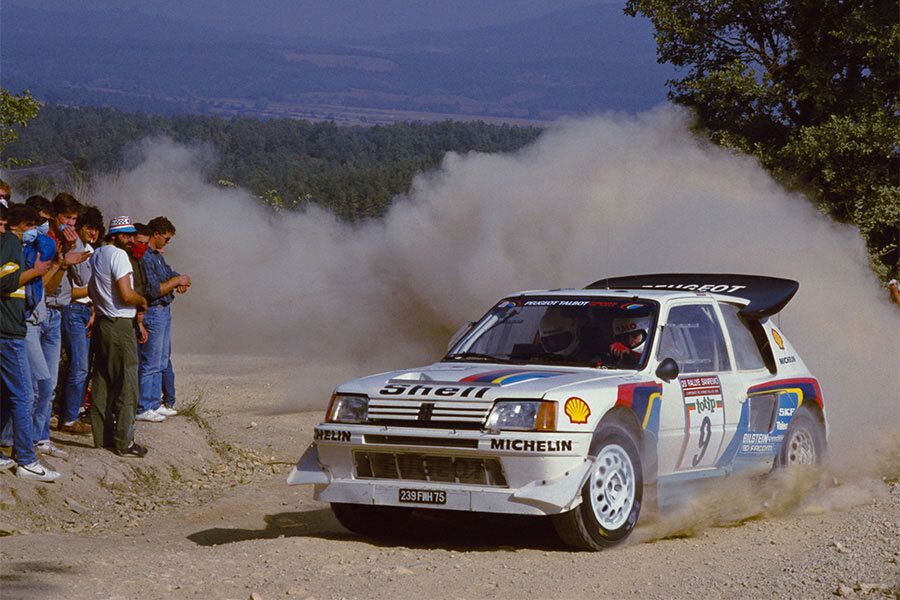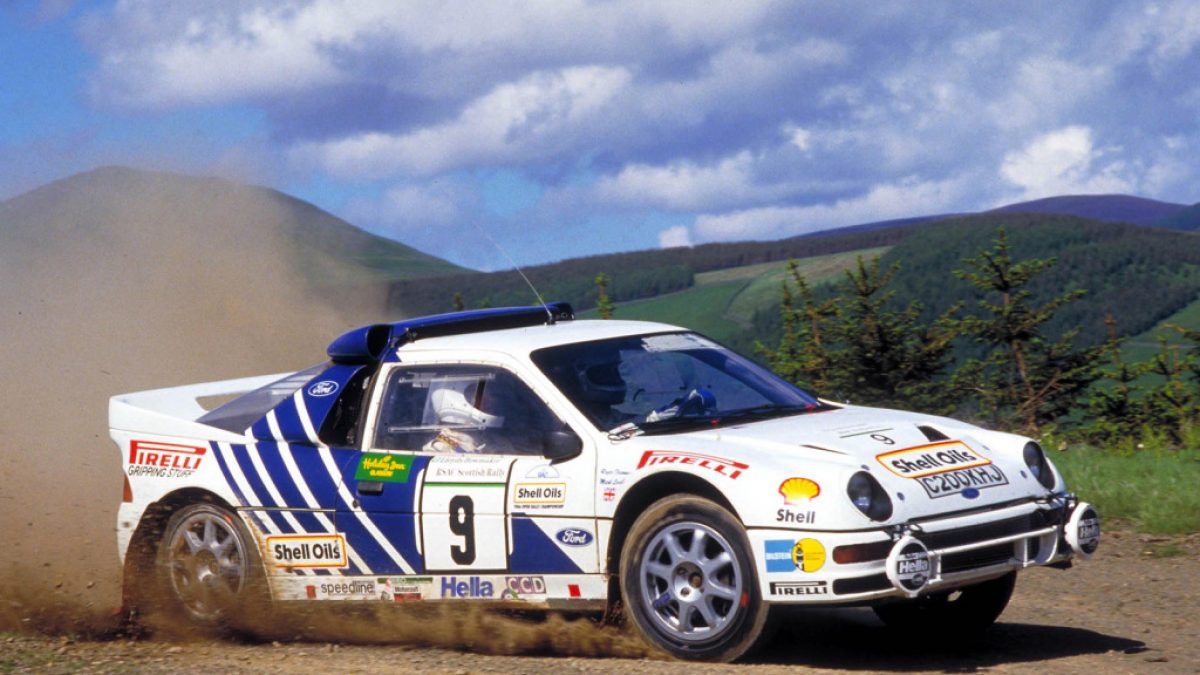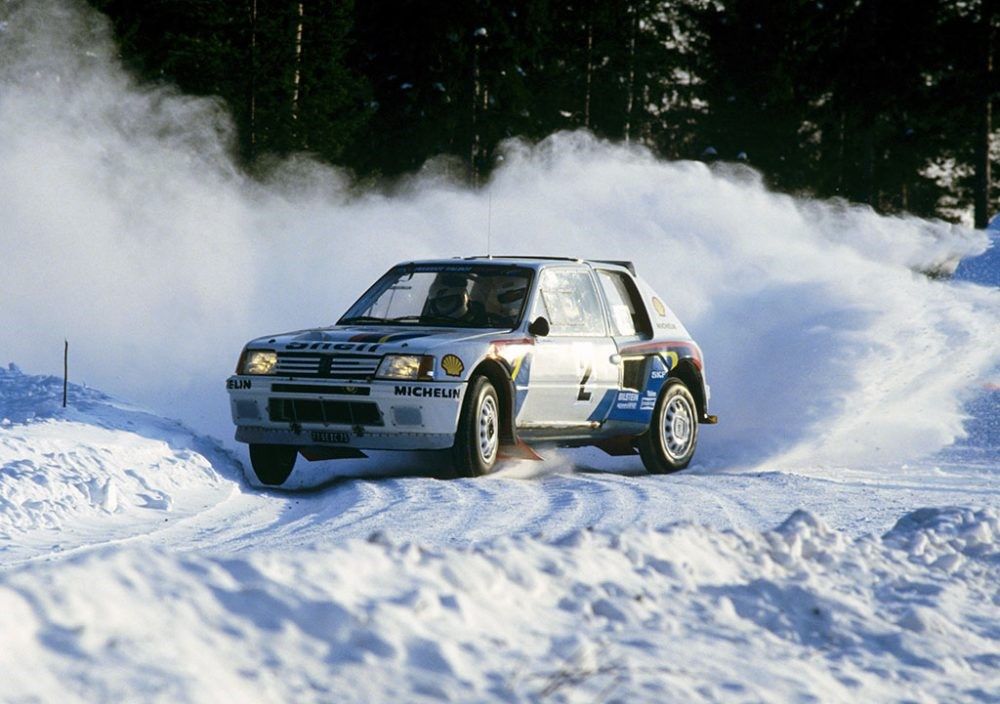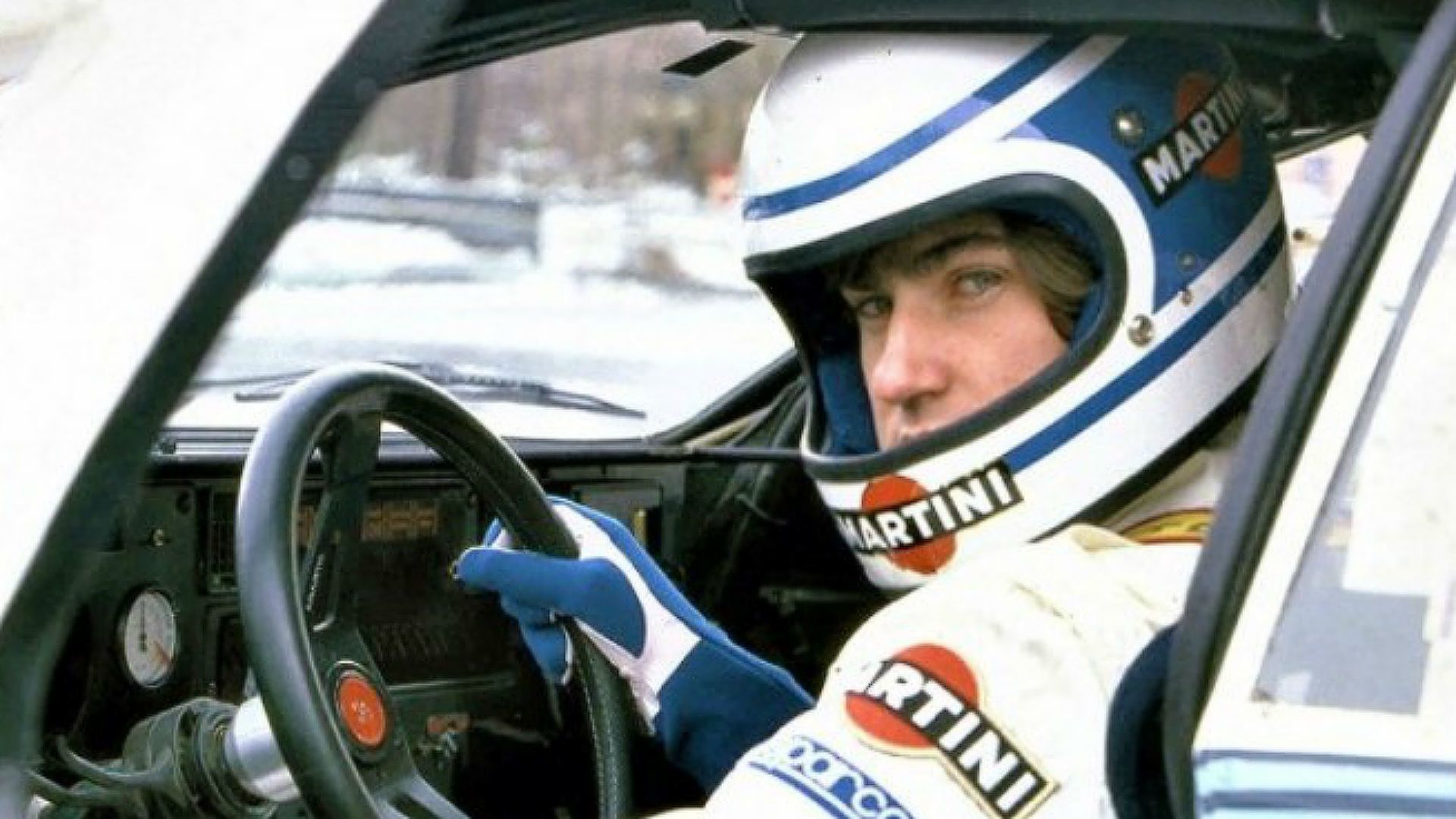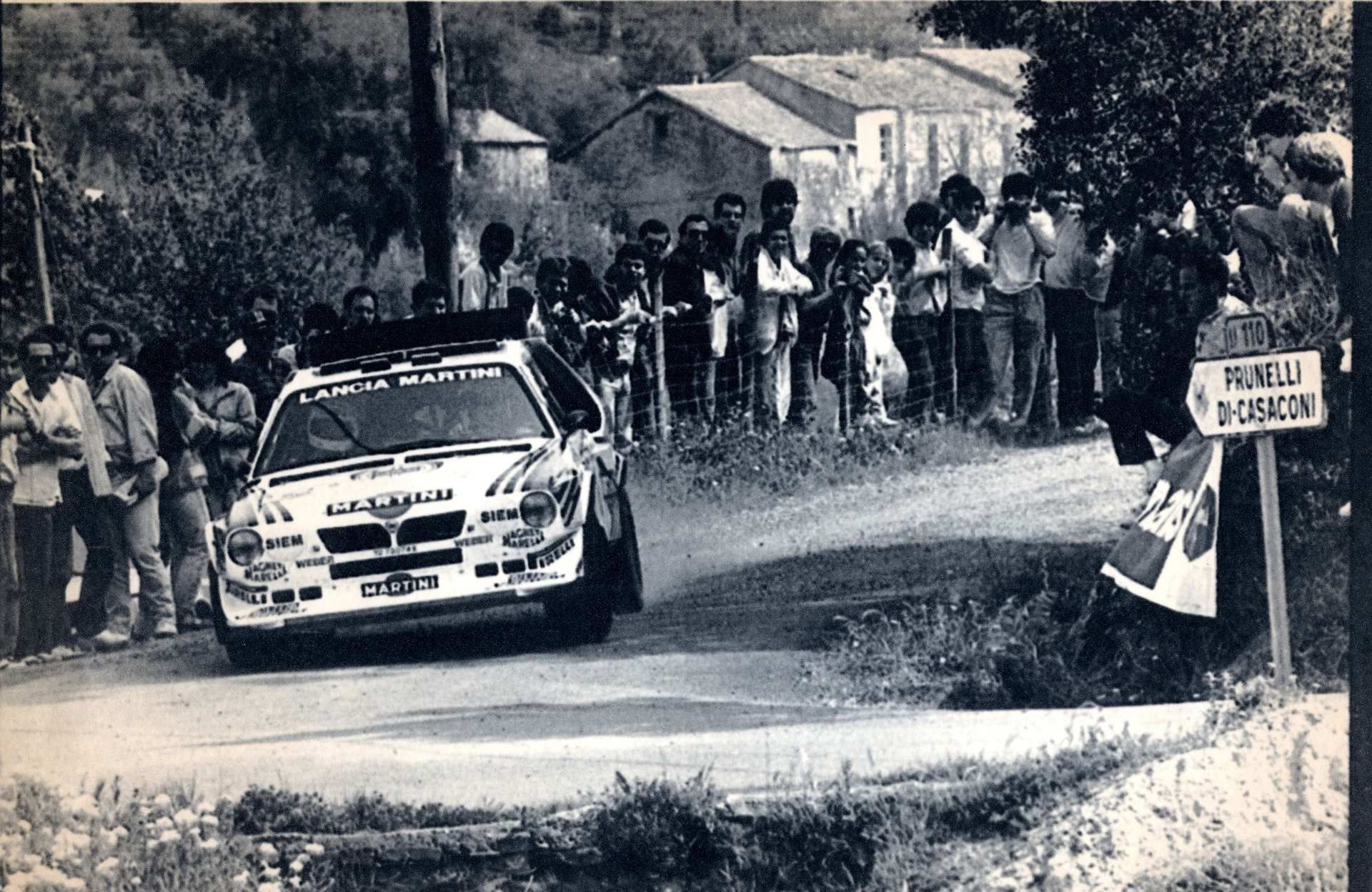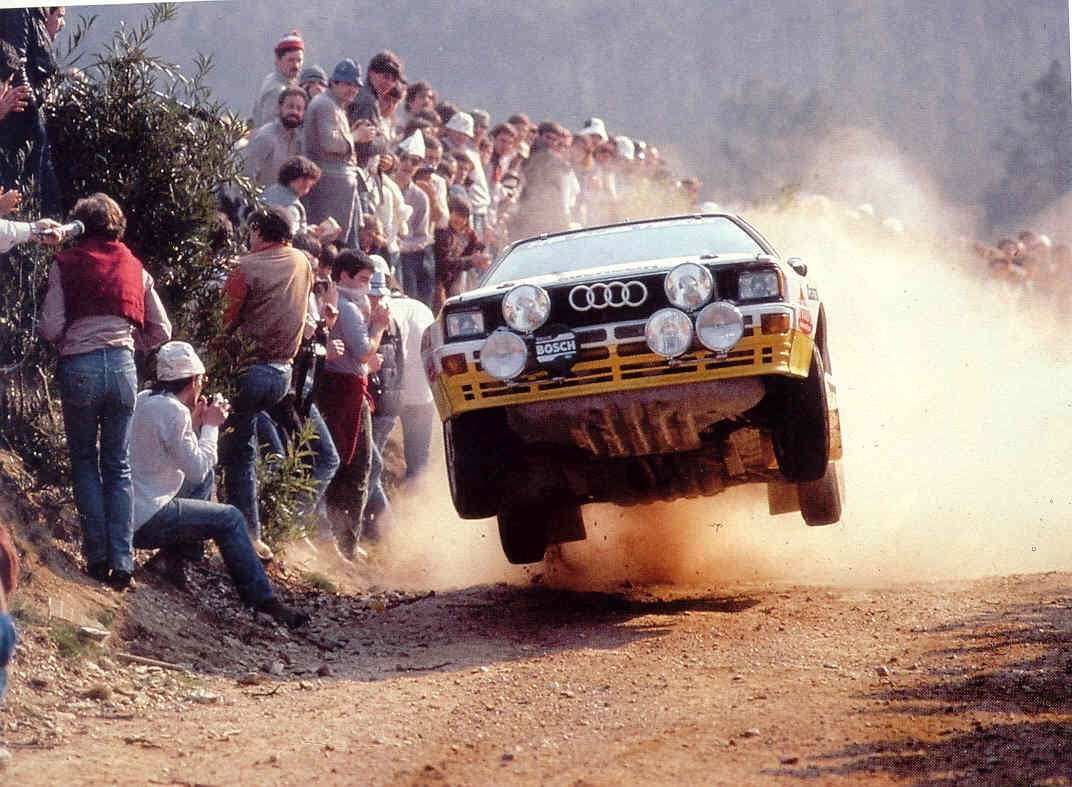Ask anyone what form of motorsport makes them stand up and take a step back, and it always be the World Rally Championship. Not because the likes of Formula 1, IndyCar or NASCAR are dull. Far from it. But it's because what a rally driver is able to do seemingly beggars belief. The way in which they can hurl cars across some of the most insane of terrains and tracks is unbelievable. At the minute, the WRC is in the first year of its hybrid era, after a few years of downforce laden monsters.
These new cars are still fast, but the previous generation from 2017 to 2021 took everyone’s breath away. They were the fastest rally cars ever made. And they reminded many of the Group B era, some observers saying it was effectively a modern, and safer, Group B. Group B was simply the nuttiest and most outrageous generation of rallying. It had it all. Fast cars, fearless drivers and spectacular rally events. But in a flash, the Group B era ended abruptly following the 1986 Tour de Corse. We explain why Group B was so good, and why it became so terrifying.
A Very Relaxed Rule Book
We won’t detail every car or driver in full, but we will pick out some of the highlights. The Group B era began in 1982 as the replacement top level of rallying, taking over from both Group 4 and Group 5. What allowed Group B cars to get so fast was its relatively few restrictions on technology, design and the cars required to homologate. Lancia would only need to build around 200 037s for example for them to be homologized. Group B was all about fast cars, outright competition and maximum publicity.
Audi would then go on to change the game when it brought out the four-wheel drive Quattro. The FIA initially believed that a car with four-wheel drive would be too heavy but Audi would go on to prove them very wrong. And Group B would become very popular, very quickly, with many other manufacturers such as Ford, Lancia, Peugeot and more flocking to the regulations. Even MG came into Group B, with their MG Metro 64R competing in the European Rally Championship alongside the Ford RS200.
The Cars And The Stars
Group B would soon fill with some incredible cars. The Quattro is almost the poster boy, but not quite. That honor surely goes to the truly special Lancia 037. In 1983, the two-wheel drive 037 stunned Audi, and indeed the world, by winning the constructors world title helped in part my German rally ace Walter Rohrl. Audi also had some star drivers, one of which was Michele Mouton, the pioneering rally ace who silenced those who said she couldn’t compete in rally because she was a woman. Rohrl used to be one of those critics. Mouton came oh so close to winning the championship in 1982, finishing runner-up that year.
Group B wouldn’t stop with the 037 and Quattro either. Lancia would later introduce the Delta S4. Citroën had their BX 4TC and Peugeot had the small but mighty 205 Turbo 16. Renault equally had a small but feisty car in the form of the 5 Maxi Turbo. These cars would have incredibly powerful engines, the Delta S4 for example was powered by the Abarth 233 ATR 18S inline-four engine packing 450 hp. Remember, as well, these cars were incredibly light. With free rein to design what they wanted, the Group B rally cars soon got more and more wild.
Taming The Wild Beasts
Taming these utterly insane cars was a difficult task, and as you might expect, there were plenty of incidents throughout this rallying era. Four-wheel drive certainly helped, but these cars were not easy to drive. We will get onto why Group B ended later, but the beginning of the end came on March 5th 1986, when Joaquim Santos lost control on a fast right-hander on Rally Portugal after a spectator stepped into the road. Santos swerved, spun and then ended up right in the crowd. Santos’ Ford RS200 would kill two children and one woman, injure 30 more, and then a third child would die later in hospital. This came just a year after Lancia’s Atilio Bettega was killed in his 037.
Before all that, though, it was arguable that Peugeot had moved the game on in the WRC. Their 205 Turbo 16 was also four-wheel drive, but its small size, short wheelbase and more rear-biased weight distribution. It had a mid-mounted 1.8-liter turbocharged engine with 350 hp, and it was fast... very fast. It dominated from August 1984 onwards, and the 205’s became the most successful cars in the final two years of Group B, winning the 1985 and 1986 titles. However, 1986 would prove the death knell of the regulations.
The 1986 Tour De Corse
Prior to the 1986 Tour de Corse, Henri Toivonen was making waves in the rallying world. He had racked up three victories prior to the event, and was firmly in contention for that years title in the beautiful Lancia Delta S4. But Toivonen, like others, had expressed concerns over the cars. Drivers had started to comment on how they were getting too fast for their brains to process the inputs needed to control them. Soon, those predictions would come to prove true.
During the second leg of the Rally, on Friday, May 2nd 1986, Toivonen along with co-driver Sergio Cresto went off the side of the road in their Delta S4, where there was no guardrail, and crashed into a ravine. Toivonen’s car burst into flames after the fuel tank ruptured, and then ensuing inferno destroyed the car and any evidence as to what might have happened. The cause of the crash is still unknown, but action was taken swiftly, with the planned Group S for 1987 onwards dropped in favor of a return to Group A. Group B had lasted only four years.
World Rally’s Most Fearsome Era
Despite its short-lived existence, Group B had worked its way into the hearts and minds of motorsport fans worldwide. It gained almost cult like status, as did the cars and hero’s who drove them. It had though become all too apparent that the cars would get faster and faster, and too fast for those at the wheel. Worryingly, Group S would have taken that to a whole new level. Whatever the case may be, it should not have taken the death of a promising young driver and his co-driver for Group B to finally end.
Sources: YouTube, Audi Club North America, Supercar Nostalgia, WRC

